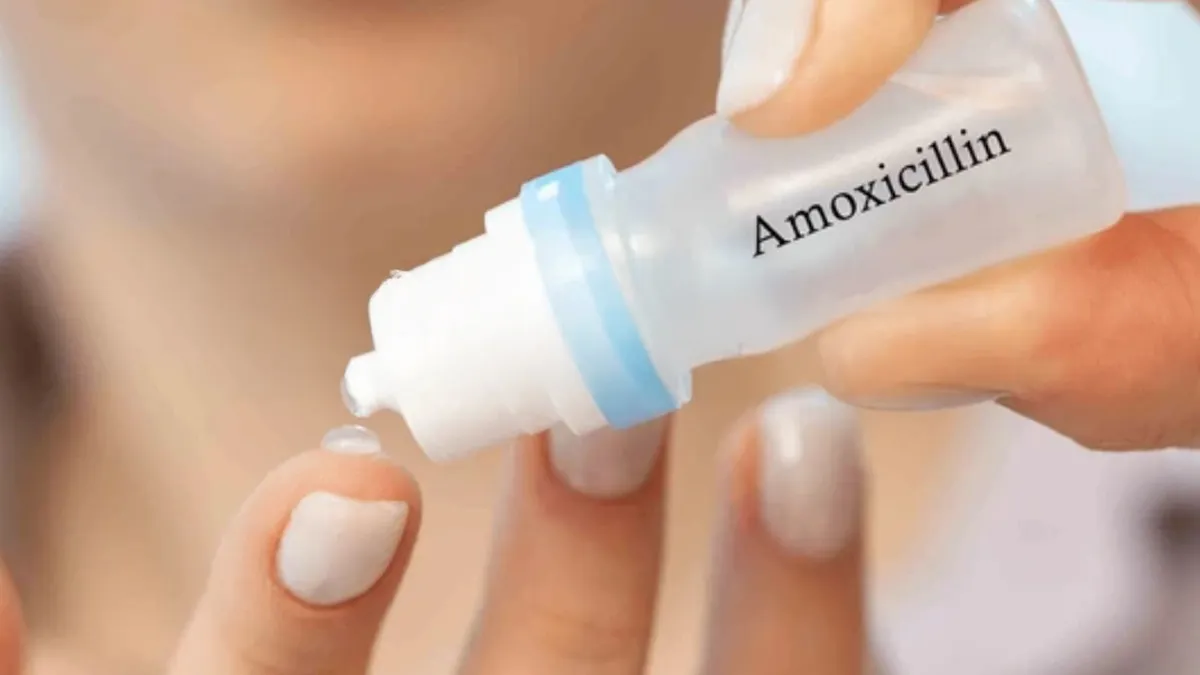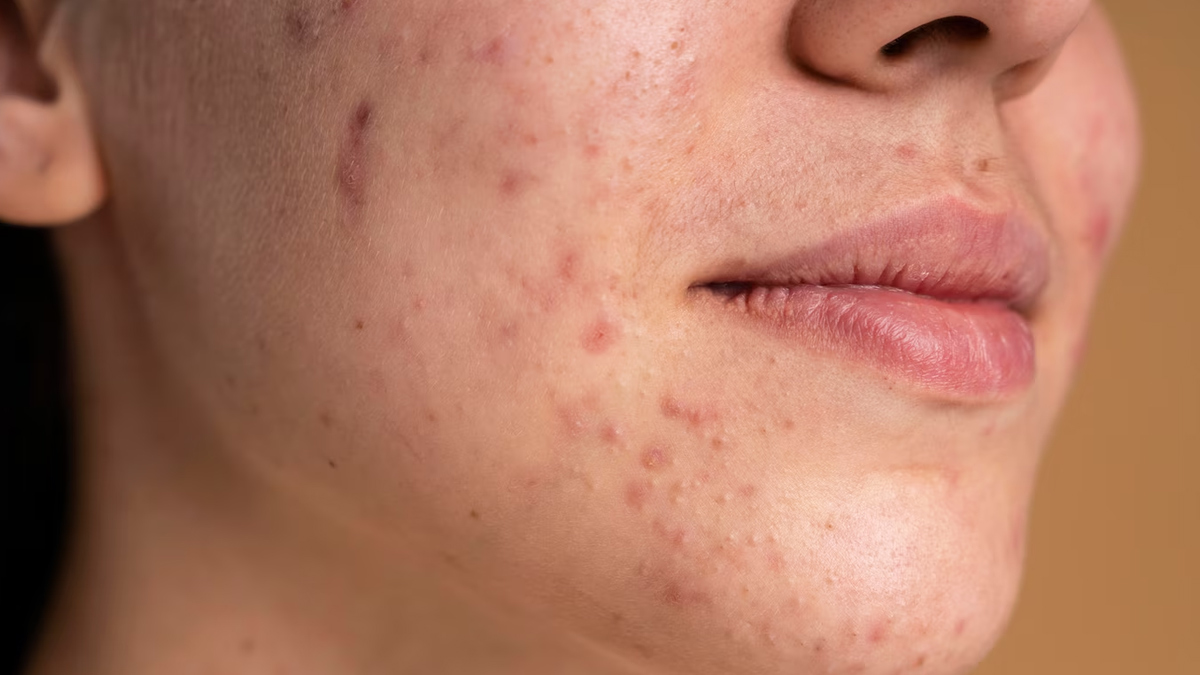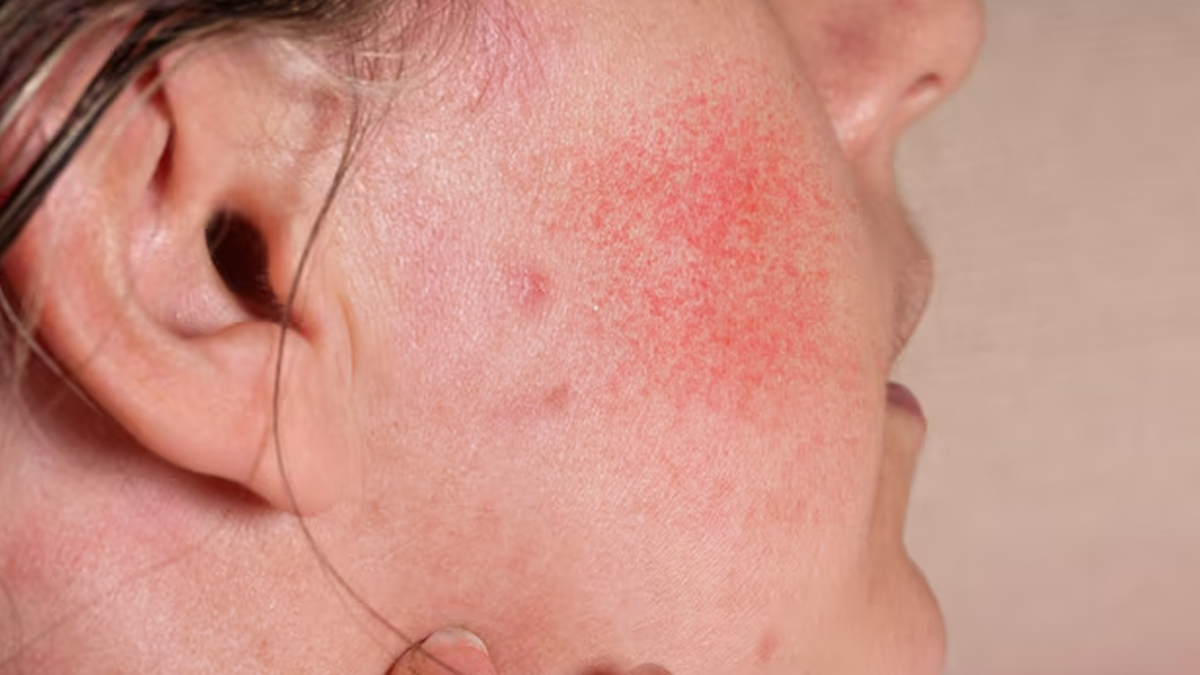
Acne can be a frustrating, stubborn condition, especially when it won’t respond to your regular face washes, spot treatments, or even expensive skincare serums. If you’ve tried it all and your skin is still breaking out, it might be time to look beyond the topical creams and take a closer look at what's happening underneath the surface. That’s where amoxicillin comes into the picture.
Table of Content:-
Amoxicillin, the common antibiotic most of us have taken for a throat infection or toothache, is also prescribed by dermatologists to treat certain types of acne. But before you go hunting for a leftover strip in your medicine cabinet, let’s understand how it works and why it’s not just another quick fix.
What Is Amoxicillin and How Is It Useful Against Acne?

Amoxicillin is a penicillin antibiotic. Its primary action is to fight infections caused by bacteria by disrupting bacteria from growing. When it comes to acne, it does this by decreasing the count of Propionibacterium acnes (now formerly known as Cutibacterium acnes)—one type of bacteria that lives on your skin and leads to swelling, redness, and those tender, big cystic pimples.
It's especially helpful for individuals who are experiencing moderate to severe acne that isn't reacting to treatments that are applied directly to the skin. Dermatologists will prescribe it when the breakouts are widespread, chronic, or causing scarring.
Also Read: How A Blood Test Can Help Detect The Cause Of Your Acne
Why Not Just Use a Topical Cream?
Topical treatments, such as benzoyl peroxide and retinoids are usually the first course of action, and they work for many. But in some cases, the acne is more than skin deep. When the inflammation and overgrowth of bacteria happen deeper in the skin layers, topical treatment may not be able to penetrate or act quickly enough. That's when oral antibiotics, such as amoxicillin can provide quicker, more potent relief.
It’s Not a Forever Fix And That’s a Good Thing
Amoxicillin is usually prescribed as a short-term solution, occasionally for a few weeks or months. The idea is to get the inflammation under control in a hurry, and then switch to a long-term skincare regimen that prevents acne from cropping up.
It is usually taken in combination with other treatments. For instance, your dermatologist may combine amoxicillin with a topical retinoid or benzoyl peroxide. Not only is it more effective, but also it prevents antibiotic resistance, a condition that is becoming increasingly common in acne management.
Who Should Consider It?
You might be a candidate for amoxicillin if:
- You have chronic inflammatory acne (red, inflamed, painful breakouts)
- Your skin has not responded to months of topical therapy
- You have hormonal flare-ups that result in cystic acne
- Your acne is impacting your confidence or mental well-being
That said, amoxicillin is a prescription medication. So don’t self-diagnose or self-medicate. A dermatologist will assess your skin type, medical history, and acne severity before recommending it.
Also Read: Causes Of Acne In Women You Should Know For Better Management
Side Effects and What to Watch Out For
Like all antibiotics, amoxicillin isn’t without its potential downsides. Some common side effects include:

- Upset stomach or nausea
- Diarrhoea
- Yeast infections (especially in women)
- Allergic reactions (though rare)
It can also disrupt your gut microbiome if taken for extended periods, which is why dermatologists keep the treatment course short and may recommend probiotics to support gut health.
Can It Be Part of Your Skincare Routine?
Technically, yes, but only under medical supervision. Think of amoxicillin as a temporary, behind-the-scenes helper that works from the inside to calm inflammation and stop bacteria in their tracks. It’s not your typical skincare product, but for those who’ve tried everything else, it can be a powerful tool.
If you’re dealing with breakouts that just won’t quit, don’t lose hope. Amoxicillin might be the reset button your skin needs, just make sure you're getting that advice from a professional, not the internet. Because skincare isn’t one-size-fits-all, and when it comes to antibiotics, playing it safe is always the smart move.
[Disclaimer: This article contains information for informational purposes only. Hence, we advise you to consult your professional if you are dealing with any health issue to avoid complications.]
Also watch this video
How we keep this article up to date:
We work with experts and keep a close eye on the latest in health and wellness. Whenever there is a new research or helpful information, we update our articles with accurate and useful advice.
Current Version